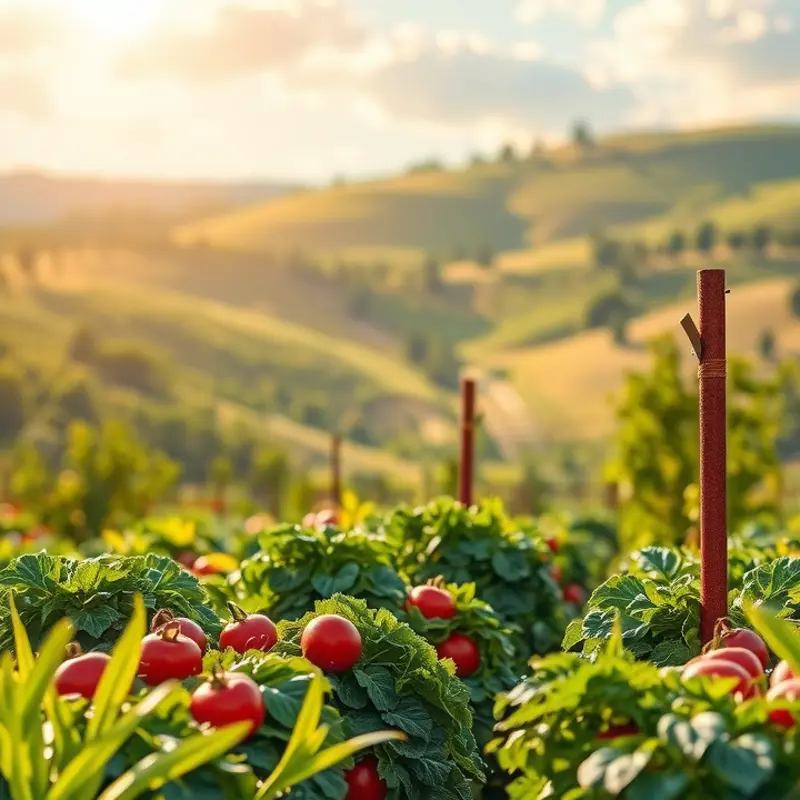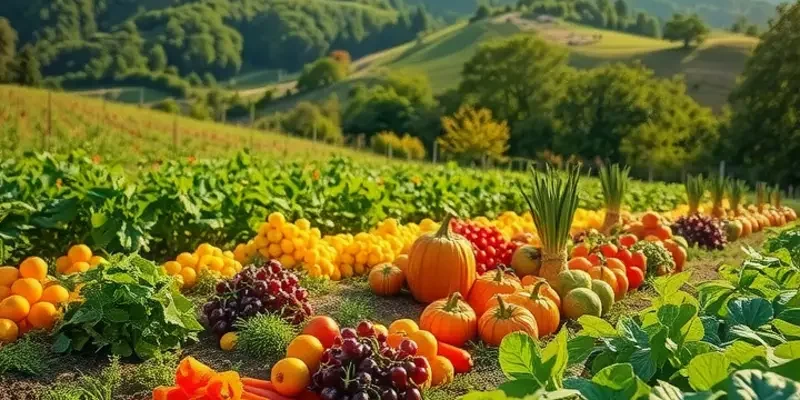Understanding food freshness indicators is essential for effective food storage and minimizing waste. By recognizing signs of freshness, you can optimize your food management practices, ensuring you and your family enjoy meals made with safe, high-quality ingredients. This guide offers actionable insights to help you assess the freshness of your foods and store them properly to extend their shelf life.
Understanding Freshness Indicators

Recognizing food freshness is essential for safety and quality. Several cues can help you make quick, informed decisions about what to keep and what to discard.
Visual Cues are often the first sign of food freshness. Leafy greens, for example, should be vibrant, not wilting or yellowing. Fresh fish should have clear eyes and shiny skin, rather than dull surfaces and cloudy eyes. When purchasing or storing eggs, a quick inspection can reveal much about their condition; if the shell shows cracks or discoloration, it’s best to opt for another one.
Mold and discoloration are key indicators for foods like bread and cheese. While some cheeses are crafted with mold intentionally, unexpected mold growth on common products usually indicates spoilage. Similarly, spots on fruits and vegetables are clear indicators of age and decay.
Sensory Tests provide a more in-depth analysis of freshness. Smell is one of the more powerful indicators; sour or off odors are classic signs of spoiled food. This is particularly true for dairy and meats. While some foods naturally undergo fermentation, discern between expected fermentation odors and rancidity. Assessing aroma can prevent many foodborne illnesses.
Touch can also signal freshness. Firmness indicates good quality in both fruits and vegetables. For example, a fresh cucumber should be firm and crisp, while overripe ones turn mushy. Meats that are slimy or sticky to the touch are usually past their prime.
Sound Tests are less common but useful. For instance, when tapped, a good watermelon produces a hollow sound, suggesting ripeness. This simple trick can save you from purchasing waterlogged or flavorless fruit.
Consider your storage practices to prolong freshness. Correct temperatures and humidity levels can greatly impact longevity. Understanding these factors aligns with effective meal planning, as discussed here.
Incorporating these freshness indicators can also cut down on food waste, aligning with eco-friendly principles and ensuring you enjoy foods at their best quality. Properly identifying spoilage not only saves money but also supports efforts towards a more sustainable kitchen environment. Each use of these techniques builds confidence in managing your kitchen efficiently, ensuring safety and enjoyment in every meal.
Best Practices for Storing Fresh Foods

Proper storage of fresh foods can make a significant difference in their longevity, quality, and nutritional value. Understanding the interplay of temperature, humidity, and packaging is crucial for maintaining food freshness and reducing waste. Here, we’ll explore effective storage techniques for various food types and how you can implement them.
Temperature Control
Temperature is pivotal in extending the life of fresh produce, dairy, and meats. Refrigerators should be set between 34°F and 40°F to inhibit bacterial growth. Meanwhile, freezers should be near 0°F to prevent spoilage. Be mindful to avoid overcrowding, as this can impede air circulation and uneven cooling.
Most fruits and vegetables require specific temperature ranges. For instance, leafy greens prefer cooler temperatures, usually around 32°F to 36°F. In contrast, tropical fruits like bananas and pineapples are best stored at room temperature. Segregate ethylene-producing items like apples from ethylene-sensitive ones like lettuce to delay ripening.
Humidity Management
Humidity also plays a vital role in storing fresh foods, particularly fruits and vegetables. High humidity levels prevent moisture loss in vegetables, preserving their crispiness and flavor. Use the crisper drawer in your refrigerator for vegetables, as it provides a more humid environment.
Conversely, low humidity is essential for fruits. Alternatively, storing certain fruits in paper bags helps to maintain the balance since it provides adequate ventilation. Remember to check the moisture control on your drawers, adjusting them according to the produce needs.
Packaging Techniques
Proper packaging can greatly influence the freshness of foods. For items like meats and dairy, airtight containers are ideal as they prevent air exposure and moisture accumulation. Cheese, in particular, should be wrapped in wax paper to allow it to breathe and curtail mold growth.
For vegetables, perforated plastic bags can be an excellent choice, balancing the need for air flow and moisture retention. Moreover, glass containers are excellent for leftovers and pre-prepared foods, as they are non-reactive and do not impart flavors. Avoid using aluminum foil and cling film excessively, opting for more sustainable options when possible.
Implementing the Practices
By integrating these storage strategies, you can efficiently preserve the quality and longevity of your fresh foods. Monitor your fridge and freezer temperatures regularly, adjusting as needed to cater to seasonal shifts. Additionally, organize your storage spaces to promote air circulation, allowing each item to have adequate space.
Incorporating these practices into your routine can help significantly reduce food waste and maintain the nutritional efficacy of your ingredients. For those interested in expanding these techniques with eco-friendly solutions, refer to eco-smart kitchen storage practices. These methods align significantly with sustainable living, optimizing not just freshness but also our environmental footprint.
Final words
Recognizing food freshness indicators and implementing effective storage techniques is essential in maintaining food quality and safety. Paying attention to visual signs, smell, and texture can prevent food waste and enhance your meal preparations. By storing food properly, you can extend its shelf life while preserving its taste and nutritional value. Adopting these practices will help you enjoy fresher ingredients and contribute to a healthier household. Make these small adjustments today to your food management routine, and start benefiting from fresher meals and reduced waste.







